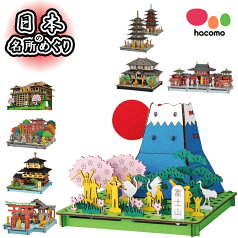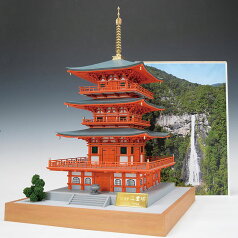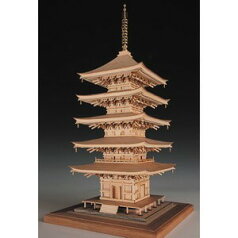(n) (Nara Era) state-supported provincial temples
(P)
(n) ritual visits to a temple
(n) temple elementary school (during the Edo period)
(n) temple elementary school (during the Edo period)
(n) certification issued by a temple to prove affiliation
(n) (1) to enrol in a temple school
child enrolled in a temple school
(2) incarcerating a criminal in a temple as a form of punishment (popular during the latter Muromachi and Azuchi-Momoyama periods)
(3) to go to a temple and repent (following a disaster, etc.)
(n) (obsc) incarcerating a criminal in a temple as a form of punishment (popular during the latter Muromachi and Azuchi-Momoyama periods)
(n) (obsc) the seven great temples of Nara (Daian-ji, Gango-ji, Horyu-ji, Kofuku-ji, Saidai-ji, Todai-ji, Yakushi-ji)
(n) temple in Kyoto
(n) large temple
(n) temple to which a family belongs
(n) temple built at the order of the emperor
(n) one's family temple
(n) (hon) monk
(n) (historic) a temple in which women seeking release from marriage could take refuge
(n) mosque
(n) (women's) refuge
(n) benimyouren camelia
Camellia japonica var.
(n) governmental position of the shogunate, responsible for the management of temples and shrines
(n) system used during the Edo era where commoners had to register with a temple in order to prove their Buddhist faith
(n) system used during the Edo era where commoners had to register with a temple in order to prove their Buddhist faith
(n) Joushouji sect (of Shin Buddhism)
(n) imperial lineage starting with Emperor Kameyama
(n) Lake Chuzenji
(n) the large number of temples in Kyoto
(n) Bukkouji sect (of Shin Buddhism)
(n) Honganji sect (of Shin Buddhism)
(n) (women's) refuge
(n) (uk) Pheropsophus jessoensis (species of bombardier beetle)
(n) Shorinji Kempo (modern Japanese martial art based on Shaolin kung fu)
![[鉄道模型]トミーテック (N) 建物コレクション028-4 お寺A4](https://thumbnail.image.rakuten.co.jp/@0_mall/jism/cabinet/1344/4543736311591.jpg?_ex=238x238)


